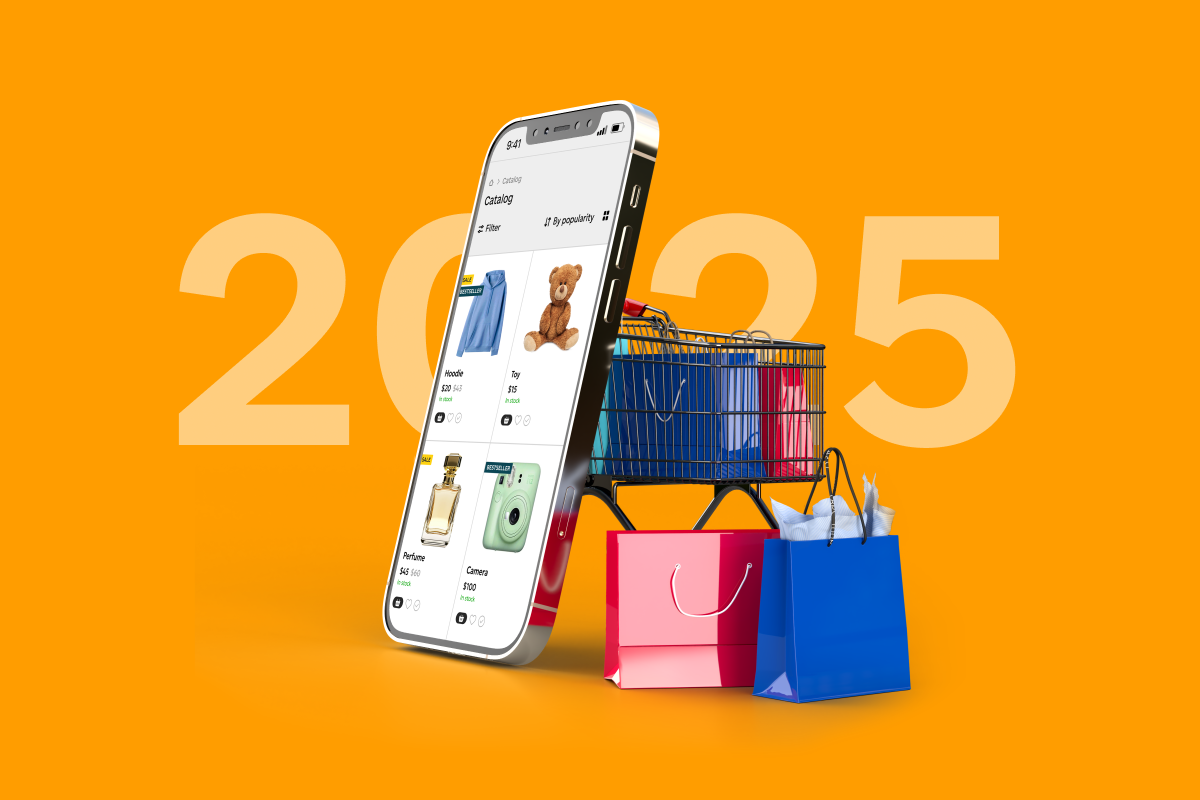Customer Lifetime Value (LTV) is the total amount of revenue a customer will bring to a company throughout their entire interaction. In other words, LTV shows how much a company will earn from a customer from their first purchase to their last. LTV is one of the most important metrics for salespeople because it shows the real value of a customer for a business in financial terms. Customer Lifetime Value allows a business to:
- Assess the success of promotions;
- Know the value of customers over time;
- Optimize promotions by choosing the most profitable channels;
- Forecast profit;
- Make strategic decisions for business management;
- Segment the customer base;
- Identify the most valuable customers who bring in the most money;
- Analyze other metrics in the context of LTV.
The practical value of LTV lies in the literal understanding of whether it is profitable to attract customers using the methods used. A simple example: an online store spent $300 on advertising, which allowed it to attract 30 customers - thus, $10 was spent per customer. The attracted customers made an order with an average check of $10. It may seem that the advertisement was unprofitable, and the business barely covered the costs of it. But if the entrepreneur knows that the LTV of the online store's customers is $50, then he understands that the advertisement was successful. Over the entire period of interaction with the store, customers will bring in 5 times more than was spent on attracting them.
To calculate LTV, you need to know the average profit that one customer brings during their purchasing period - this indicator is called GML. To find out GML, take the total income of the store for the customer retention period, divide the number by the number of buyers and multiply the sum by the average margin of the goods. For example, customers usually buy from the store for 6 months on average. During this time, there were 400 buyers in the store who bought goods worth $9,000, with an average margin of 30%. Then GML = 0.3x(9000/400). The average profit from one customer is $6.75.
In addition to GML, to calculate LTV, you will need the customer retention coefficient — R. This indicator will tell you what percentage of customers remain with the company at the end of a certain period, for example, after a month. Let's say there were a total of 80 buyers in a month, 10 customers were added to them, and there were also 80 at the beginning of the period. Then R = (80-10)/80, that is, the online store retains 87.5% of its customers. Knowing GML and R, you can calculate the customer's lifetime value. The general formula for LTV is GML x R / (1-R). Substituting our values, we find that the customer lifetime value is $47.25 — this is how much the online store will earn from the customer from the first to the last purchase.
To understand how good the LTV indicator is, it needs to be compared to the cost of customer acquisition (CAC). If the ratio in favor of LTV is 3:1 or higher, it indicates that the business is operating successfully and earning good profits from its customers.



